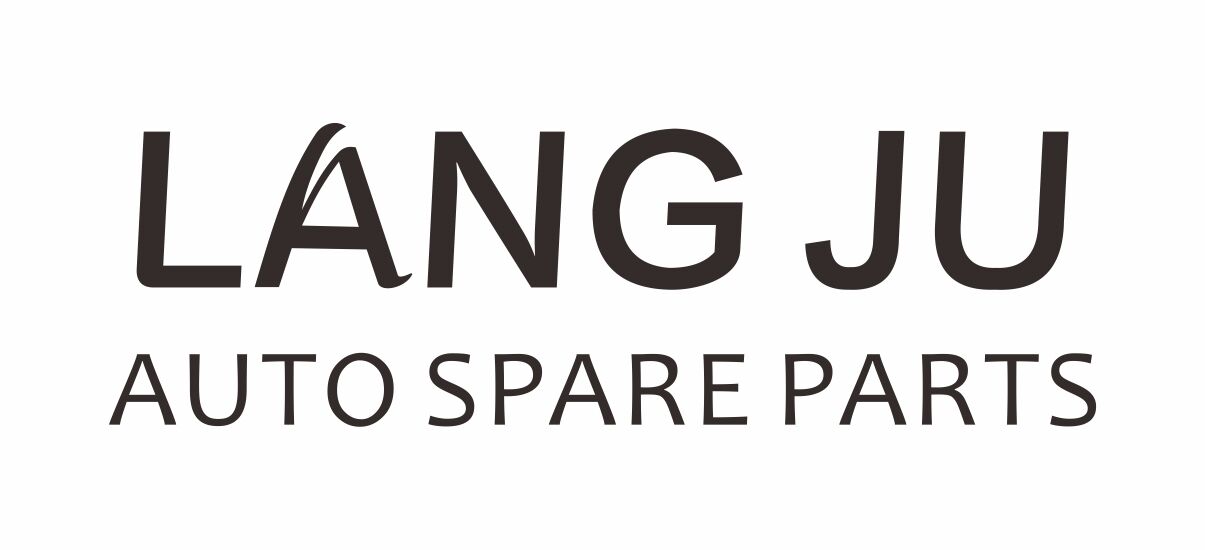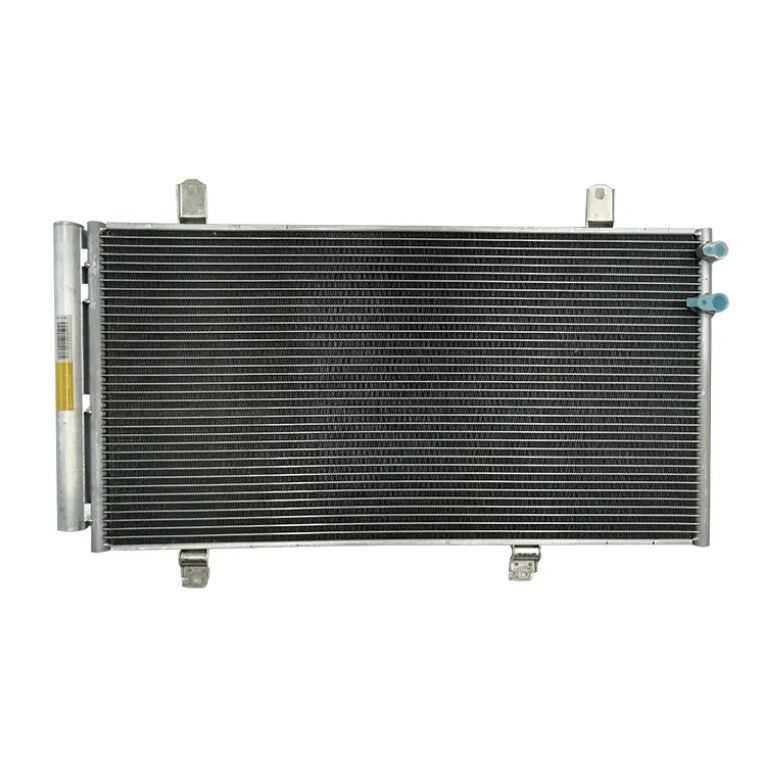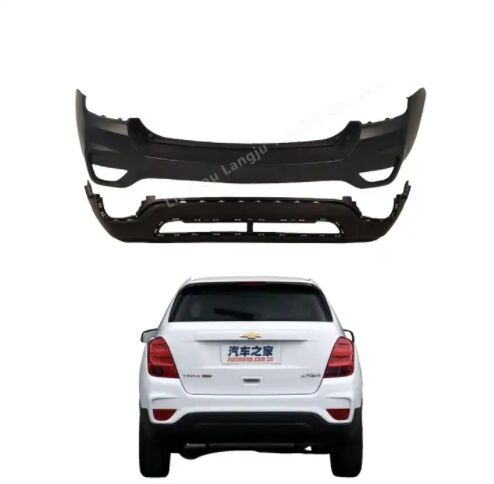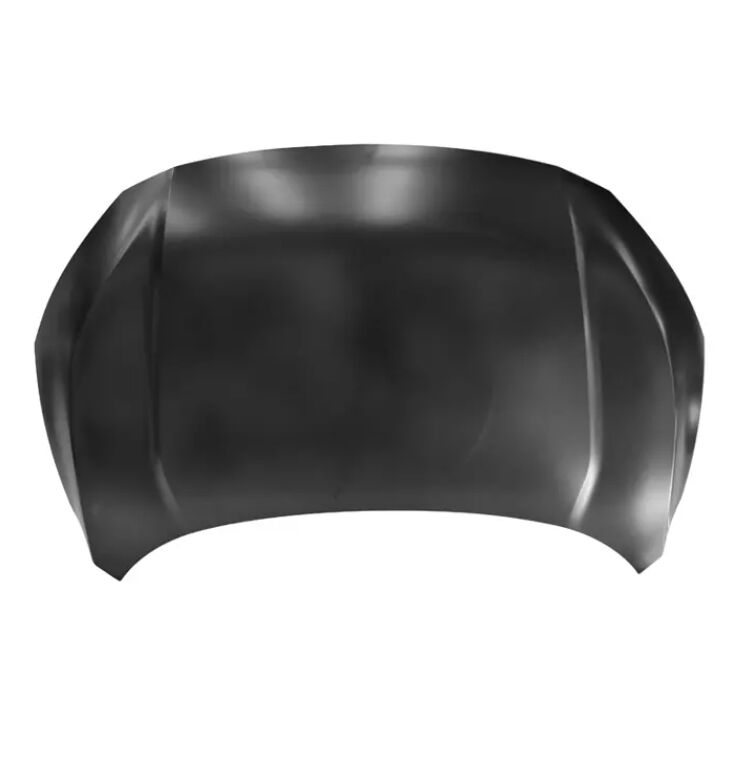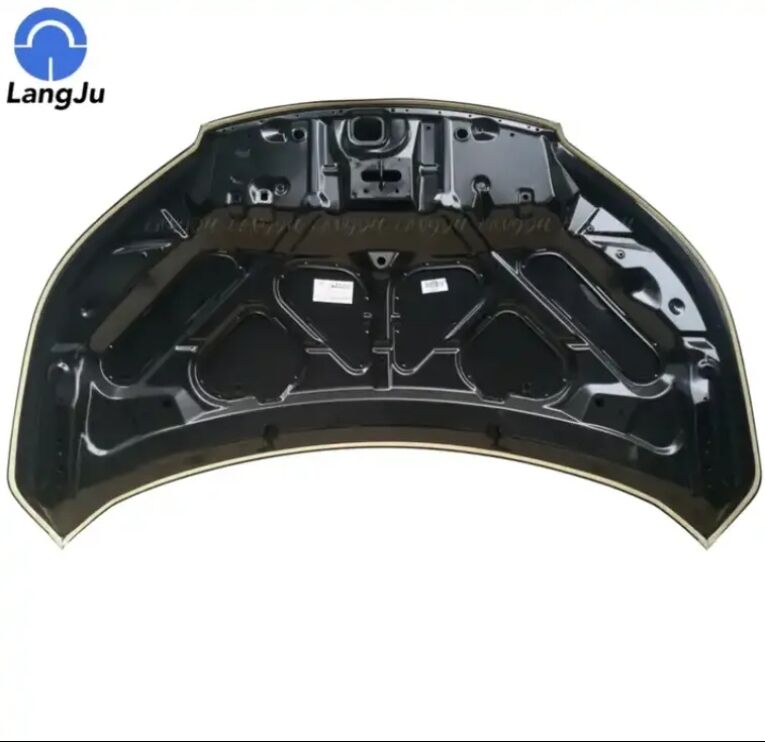arabanın kaputu
Otomobil kaputu, bazı bölgelerde arka tarafta bulunan bölme olarak da bilinir ve aracın motor kompartımanı için kritik bir koruyucu örtü görevini görür. Bu temel bileşen, işlevsel ve estetik faydalar sunar ve gelişmiş tasarım öğeleri ile güvenlik özelliklerini içerir. Modern otomobil kaputları genellikle alüminyum veya kompozit malzemeler gibi hafif malzemelerden üretilir ve yapısal bütünlüğü bozmadan yakıt verimliliğini artırır. Kaputun birincil görevi, motoru ve diğer önemli bileşenleri çevresel faktörlerden, engebeli araziden ve olası hasarlardan korumak ve bakım ile onarımlar için gerekli erişimi sağlamaktır. Gelişmiş kaput tasarımları genellikle yaya koruma sistemleri, ısı tahliye menfezleri ve aracın genel performansını artıran aerodinamik öğeler gibi yenilikçi özellikleri içerir. Kaputun yapısında genellikle araç güvenliği standartlarına katkıda bulunan takviyeli paneller ve stratejik ezilme bölgeleri yer alır. Çoğu modern model, çalışma sırasında istemsiz açılmanın önlenmesi için gelişmiş kilit mekanizmaları ve güvenlik mandıralarıyla donatılmıştır. Kaput tasarımının, ısı dağıtımı, gürültü azaltma ve aerodinamik verimlilik gibi birçok gereksinimi dengelemesi gerekir; aynı zamanda estetik açıdan da çekici ve yapısal olarak güçlü olmalıdır.
